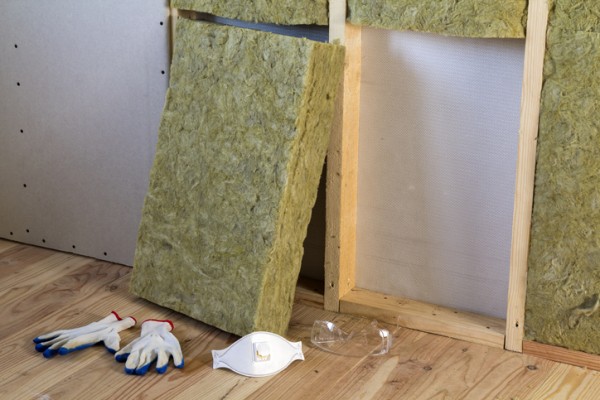
Creating a comfortable and private living environment is a priority for many homeowners. Effective soundproofing and insulation play a crucial role in achieving this goal. Whether you’re building a new home or renovating an existing one, understanding how to manage heat and sound can significantly enhance your living experience.
Understanding acoustic insulation
Acoustic insulation is specifically designed to reduce sound transmission between rooms and from external sources. Unlike standard thermal insulation, which primarily focuses on regulating temperature, acoustic insulation targets noise control. It’s commonly made from materials like glasswool or rockwool, which are effective at absorbing sound waves.
Key properties of acoustic insulation include:
- Density and Porosity: These characteristics help in trapping sound waves and reducing their transmission.
- Weighted Sound Reduction Index (Rw): This rating indicates the effectiveness of a material in blocking sound. An increase of one Rw unit corresponds to a reduction of approximately 1 dB in noise levels.
For more detailed information on acoustic ratings, refer to our article on Rw, Ctr, and NRC ratings.
Choosing the right insulation material
Selecting the appropriate insulation material depends on various factors, including the specific area to be insulated and the type of noise you aim to mitigate. Common insulation materials include:
- Glasswool: Known for its excellent thermal and acoustic properties, glasswool is widely used in residential construction.
- Rockwool: Offers higher fire resistance and is suitable for areas requiring enhanced fire safety.
- Denim Insulation: An eco-friendly option made from recycled cotton, providing good sound absorption and thermal performance.
Each material has its advantages and is suited for different applications. For instance, glasswool is often used in walls and ceilings, while rockwool may be preferred in areas requiring higher fire resistance.
Effective soundproofing techniques
Beyond insulation, several construction techniques can enhance soundproofing:
- Double Framing: In timber-framed homes, double framing involves constructing two separate wall frames to prevent sound transmission through the studs.
- Resilient Channels: These are installed between the wall studs and plasterboard to decouple the wall layers, reducing sound transmission.
- Acoustic Sealants: Applying sealants around gaps and joints can prevent sound leaks and improve overall soundproofing effectiveness.
For more information on these techniques, visit our article on soundproofing techniques.
Addressing noise in specific areas
Certain areas in the home may require targeted soundproofing solutions:
- Home Theatres and Studios: These spaces benefit from high-density insulation materials and decoupled wall systems to achieve optimal sound isolation.
- Bedrooms and Bathrooms: Installing acoustic insulation in walls and ceilings can reduce noise from adjacent rooms and external sources.
- Party Walls: In multi-unit dwellings, enhancing the soundproofing of shared walls is essential for privacy and comfort.
For guidance on soundproofing specific areas, refer to our article on how to soundproof a home.
Conclusion
Incorporating effective soundproofing and insulation into your home design not only enhances comfort but also contributes to energy efficiency and privacy. By selecting the right materials and construction techniques, you can create a peaceful and comfortable living environment.
For more detailed information and product recommendations, explore our comprehensive guides and resources on soundproofing and insulation.





